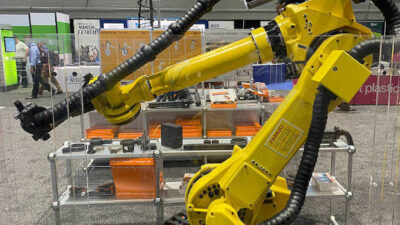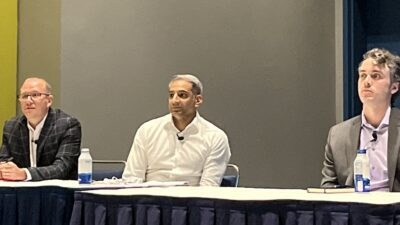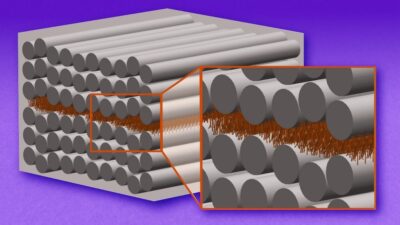Tutorial: Labeling machines are commonly used as part of the packaging process and must be precise. The labeling process and various components are explained.

Learning Objectives
- Labeling systems are often used in the packaging industry.
- Placement and positioning must be precise to avoid potential errors.
- Software can help users overcome issues by making the process more automated.
Manufacturers apply labels to products for identification and marketing purposes. Automation is no stranger to using a labeler machine to apply these labels. In the packaging industry, these types of labeling machines are commonly used as part of the overall packaging process. Typically a conveyor brings product along to wherever the labeler is located to apply the vendor’s specific label to the product. Precise placement and orientation must be obtained. Knowing the components and functions of labeling machines can help in understanding motion control and integration with other processes.
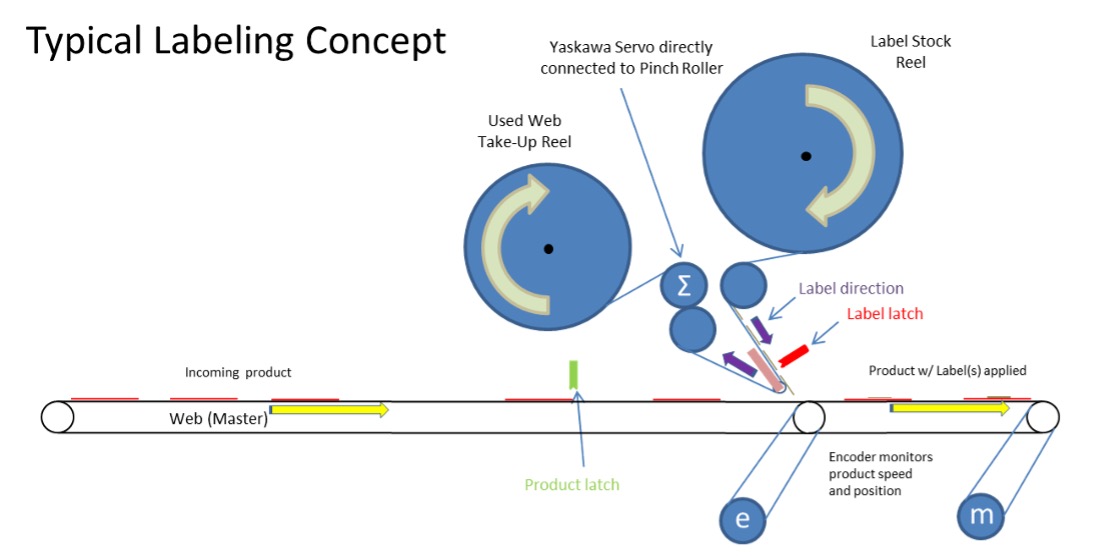
Figure 1 shows a typical machine with the components necessary to apply labels to a product coming down a conveyor. The main components are highlighted in Table 1:
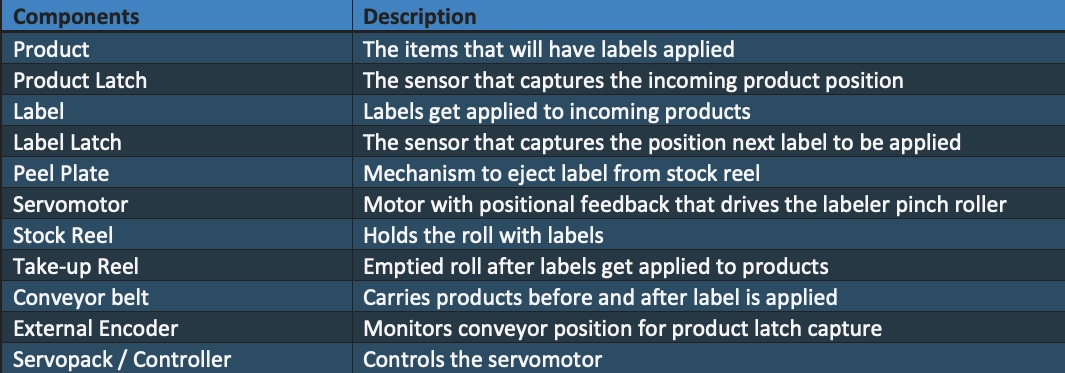
Servo sizing help
Servomotor manufacturers may have software to help with sizing a labeler axis. As a side note, usually the label stock reel and the used web take up reel are accounted for by separate ac motors to maintain tension on the web material.
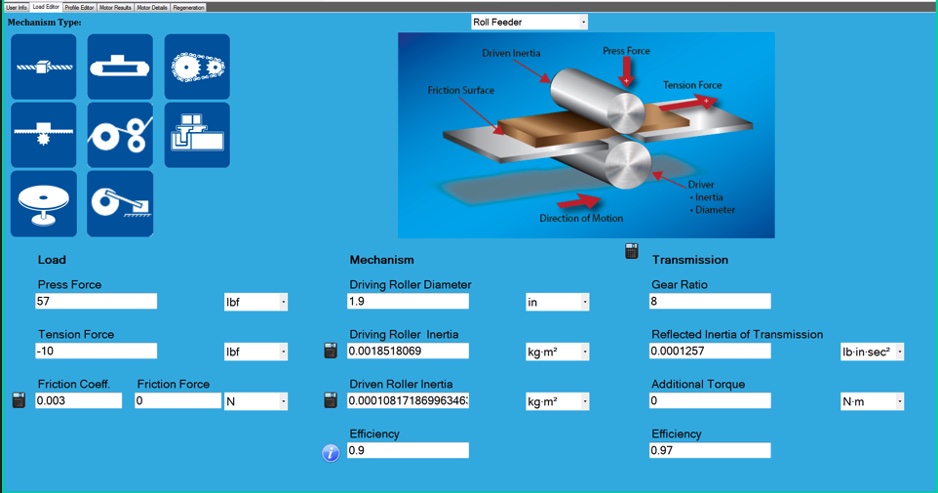
Using the roll feeder mechanism, the main entries required for sizing are:
- Inertia and diameter
- Driver pinch roll (servomotor driven)
- Driven pinch roll (idler roller)
- Press force
- Typically given through hydraulic or pneumatic
- Tension force
- The amount of tension to maintain on the web material
- System efficiencies
- Typically around 95% ~ 80%
- Web speed
- Usually in feet per minute
- Gear ratio
- If using a gearbox, include the inertia and efficiency.
Use the inertia calculator button for the driving and driven roller inertia entries, which include:
- Outer diameter of the pinch roll
- Length or thickness of the pinch roll
- Material density.
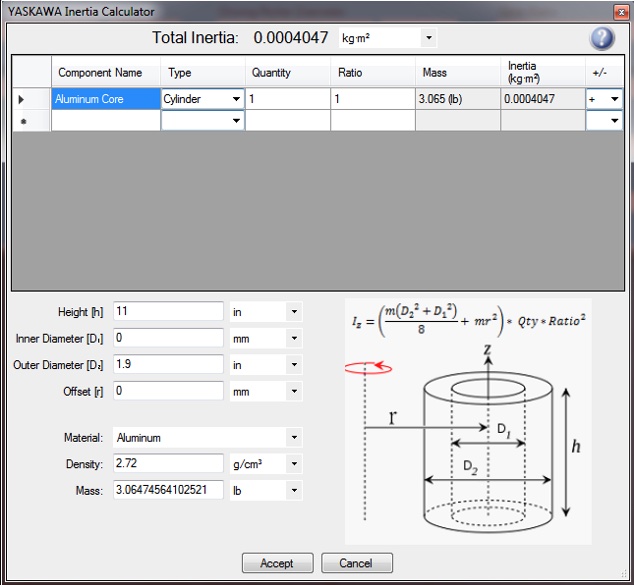
The speed of a labeler application is often given in linear user units such as feet per minute, inches per minute, etc. Sizing will be based on a web speed of 100 feet per minute using a 6-in. label with a 2-in. label gap between the labels.
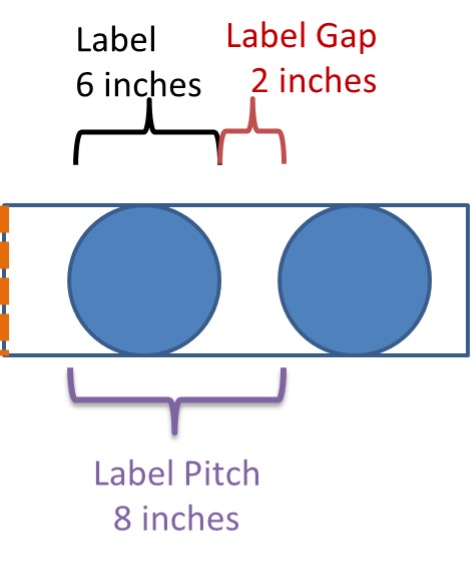
Within the profile editor tab, the total move including the label + gap is 8 inches, and the web speed converted from 100 feet per minute is shown as 20 inches per second. This gives a move time of 405 ms.
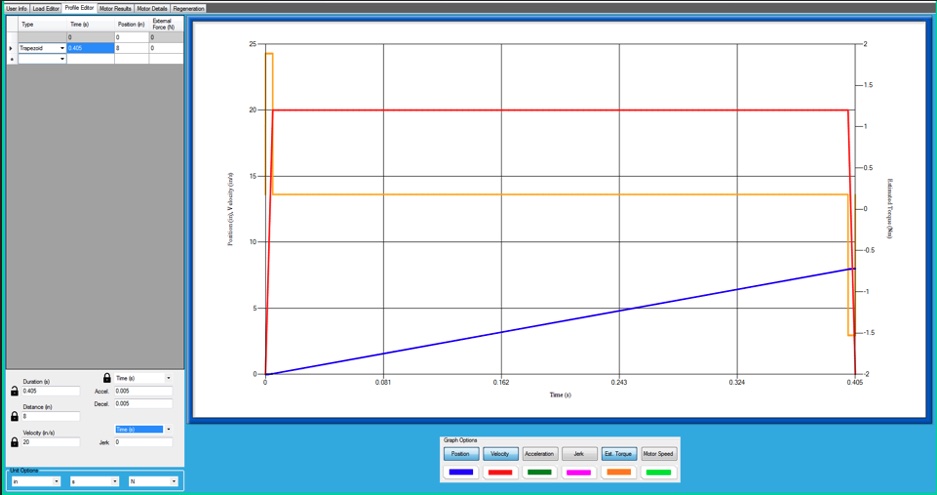
The motor results tab shows a broad range of series servomotors. To narrow the selection using servomotor sizing and selection software, use the check boxes for voltage, the motor series and any model, as well.

The motor details tab gives the highlights of the servomotor selected. With the speed and torque curves, ratings for the servomotor and the torque over time profile, the user can adjust the mechanical setup.
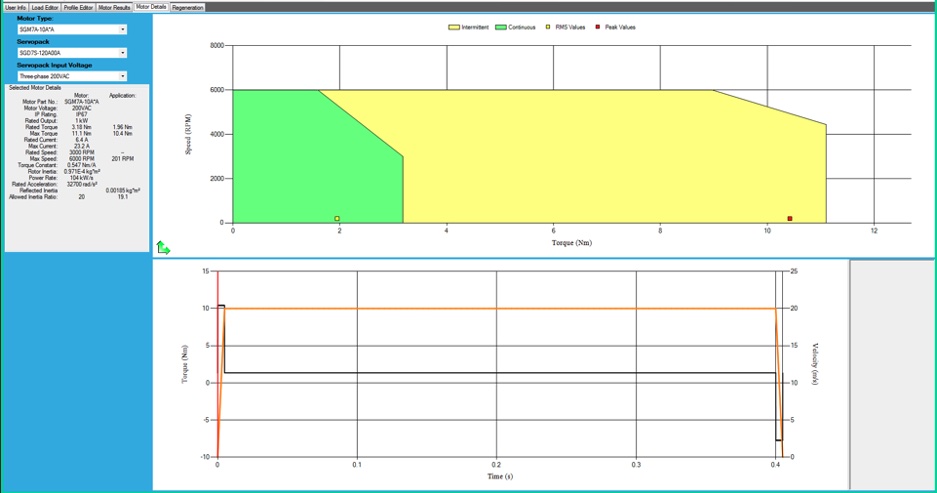
Once the initial sizing has been determined, a gearbox or some sort of transmission can aid in the sizing of the servomotor by reducing the inertia by the square of the gearbox ratio. This can reduce the required kW output of the overall size of the servomotor.
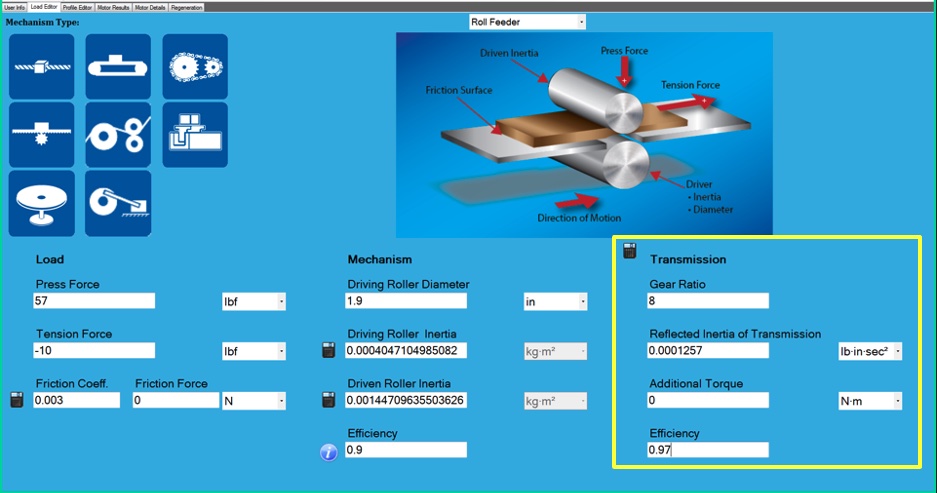
Going back to the load editor tab to add in the details for a gearbox allows a reduction of the servomotor as shown in Figure 9.

Notice how the servomotor selected can achieve the results for this application. The overall cost factor is also reduced by 30%, which may impact the customer’s investment.
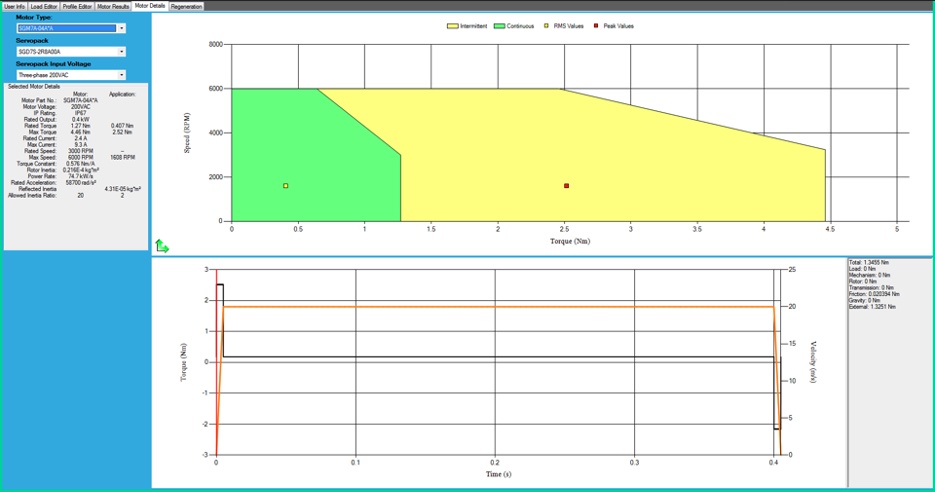
Benefits of selecting a labeling application
Sizing a labeling application using servomotor sizing and selection software is an efficient way to narrow down the motor selection. By adjusting mechanical details, modifying the move profile and enter in gearbox/transmission information, the user can make cost-effective selections for any labeling application. From there, users can focus on wiring and programming as well as learning how to use motion control software in labeling applications.
Sixto Moralez is a senior regional motion engineer for Yaskawa America Inc.; Matthew Hardenbergh is the northeast regional motion engineer at Yaskawa America, Inc. Edited by Chris Vavra, web content manager, Control Engineering, CFE Media and Technology, [email protected].
MORE ANSWERS
Keywords: motors, programming
CONSIDER THIS
What advantages can a servomotor bring to your motion-control application?

